How to Spend Two Days in Dublin
Coming back from an incredible vacation to Dublin, we surely have to say, how stunning and energetic the city is. We spend two days in Dublin as part of our biggest road trip in Ireland.
Coming back from an incredible vacation to Dublin, we surely have to say, how stunning and energetic the city is. We spend two days in Dublin as part of our biggest road trip in Ireland.
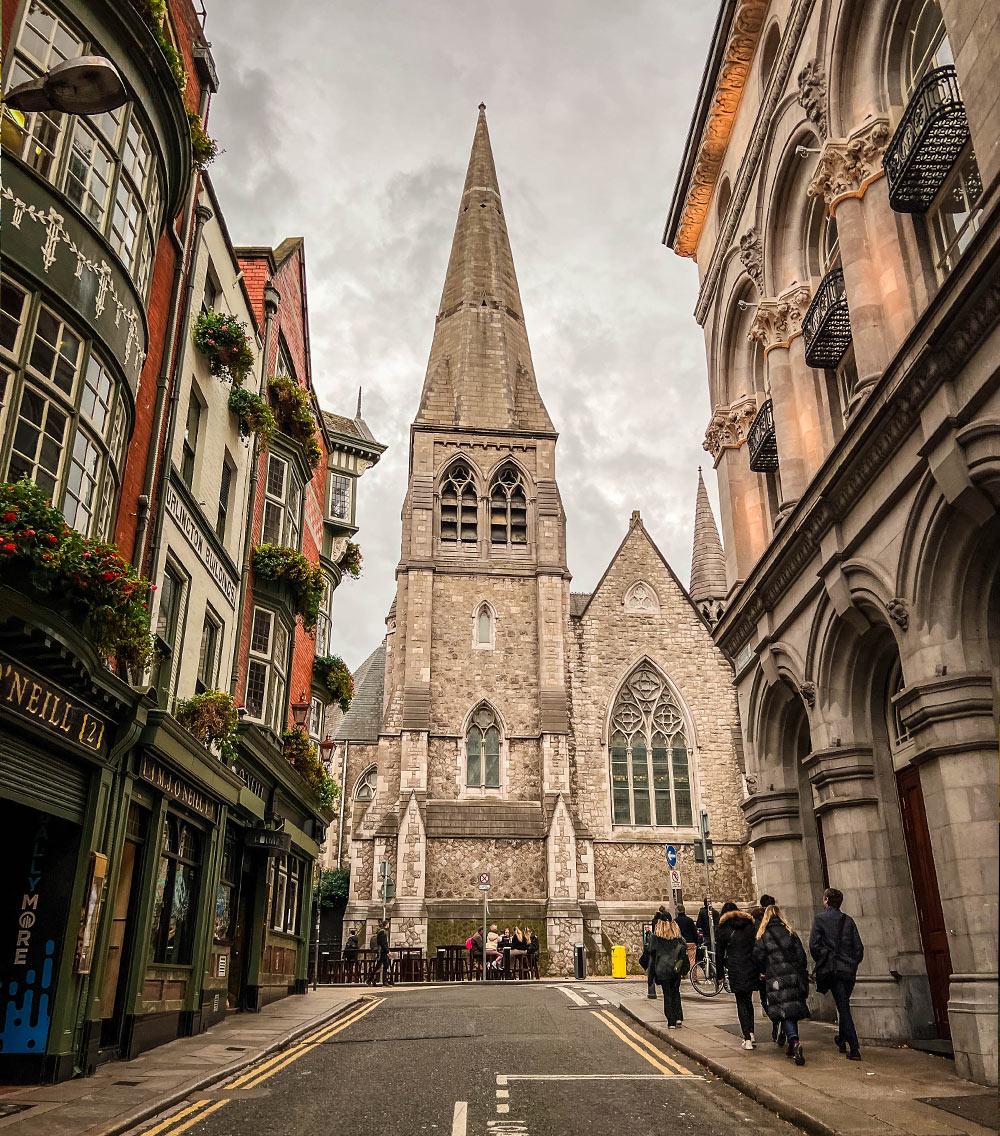
Dublin has much to offer everyone, from its vibrant streets and welcoming residents to its rich cultural past. The city will wow you, whether you are seeing the storied Trinity College or taking in the breathtaking St. Patrick’s Cathedral. Not to mention the well-known Irish pubs, where you may sip a pint of Guinness and take in the ambiance of the neighborhood. Dublin is a must-see city, and we can’t wait to return!
There are plenty of flight options for getting to Dublin as well as alternative transportation available.
There are plenty of flight options for getting to Dublin as well as alternative transportation available. Dublin Airport is the main airport in Ireland, located just 10km north of Dublin’s city center.
Dublin Airport is serviced by a wide variety of airlines, making it easy to find a flight that fits your schedule and budget. Popular airlines that fly to Dublin include Aer Lingus, Ryanair, British Airways, and Delta Airlines. Direct flights are available from many major cities in Europe and North America, including New York, London, Paris, and Amsterdam.
If you’re looking for an alternative to flying, there are several options available for getting to Dublin. If you’re coming from within Ireland, you can take a bus or train to Dublin’s Connolly or Heuston stations. There are also ferry services available from the UK to Dublin, with several companies offering routes from ports in Liverpool, Holyhead, and Pembroke.
If you’re traveling from continental Europe, you can take a ferry to Ireland from France or Spain. The Brittany Ferries service from France operates between Roscoff and Cork, while the Irish Ferries service from France and Spain stops at Dublin.
Once you arrive at Dublin Airport, you’ll need to make your way into the city center. Luckily, there are several convenient transportation options available.
The cheapest and most convenient way to get from Dublin Airport to the city center is by using public transportation options. The Airlink Express 747 and 757 buses run regularly from Dublin Airport to the city center, with stops at key locations like O’Connell Street and Temple Bar. You can buy your ticket from the driver or at the airport information desk, and the journey takes around 30-40 minutes depending on traffic. A single ticket costs 7 €.
If you’re looking for a cheaper option, you can take the Dublin Bus 16, 41, or 102, which also runs from the airport to the city center. These buses are less frequent than the Airlink Express, but they’re cheaper and will take you to areas of the city not covered by the Airlink service. A single ticket costs 1.30€-3.90€ depending on how far you go. A day pass is 8 €.
Taxi Services If you’re in a rush or have a lot of luggage, taking a taxi from Dublin Airport to the city center is a good option. Taxis are available outside the arrivals area of the airport, and the journey takes around 20-30 minutes depending on traffic. Taxis are metered, and fares are regulated by the Irish Taxi Regulator, so you can be sure you’re getting a fair price but be aware that taxis in Dublin can be expensive, with a daytime starting rate of 4 €. The rate is 2.41 € for each additional kilometer so we suggest you skip them if you can.
If you’re planning to explore more of Ireland during your trip, renting a car at Dublin Airport is a good option. Several car rental companies have desks in the arrivals area of the airport, including Avis, Budget, Europcar, Hertz, and Sixt. You can book in advance or on arrival, and prices vary depending on the size and type of vehicle you choose.
Once you have your rental car, you can take the M1 motorway into the city center, which takes around 20-30 minutes depending on traffic. Just be aware that parking can be difficult in central Dublin, so it’s a good idea to research your parking options in advance.
There are plenty of transportation options available in Dublin, from public transportation to bike rentals and walking tours. While we were there, we explored the city on foot and we suggest you do the same if the weather is good. This way you will immerse yourself in the culture and you will get everything Duplin has to offer. In general, consider your budget and preferences when choosing the best way to get around the city.
Dublin has an extensive public transportation system that includes buses, trams, and trains. The Dublin Bus system is the most common mode of transportation, with a vast network of routes that cover the city and suburbs. The Luas tram system has two lines that run through the city center, and the DART train system serves the coastal areas of Dublin.
Dublin has several bike rental options, including Dublinbikes, a bike-sharing program with over 100 stations across the city. You can easily rent a bike for a small fee and explore the city at your own pace.
Walking tours are a popular way to explore Dublin’s many landmarks and attractions. Several tour companies offer guided tours that cover everything from historic sites to local pubs and markets. Walking tours can be a great way to learn about Dublin’s rich history and culture while getting some exercise.
If you prefer to drive, there are several car rental companies located throughout Dublin. However, driving in the city can be challenging, with narrow streets and heavy traffic. It’s also worth noting that parking can be expensive and difficult to find, especially in the city center.
Start your day off right with an authentic Irish breakfast that includes baked beans, soda bread, bacon, eggs, and black pudding. The Queen of Tarts café is one of the greatest venues to try this filling dish.
Here is an Irish breakfast that is vegan-friendly:

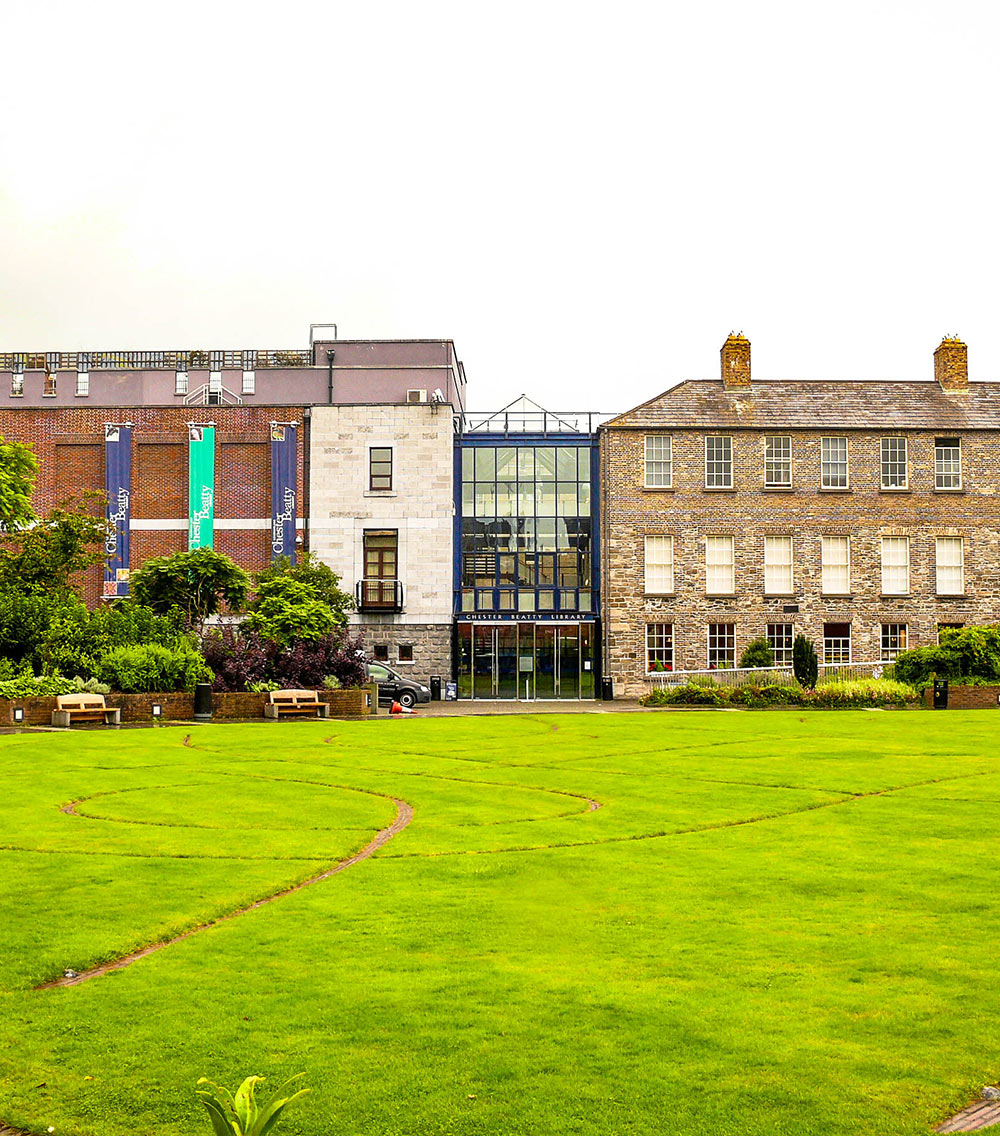
Dublin Castle and the Chester Beatty Library are two popular attractions in Dublin that offer a unique insight into the city’s history and culture.
Dublin Castle has played a central role in Ireland’s history for over 800 years. The castle was originally built in the 13th century on the site of a Viking settlement, and it has been the site of many important events throughout Ireland’s history. While you are there, you can explore the State Apartments, which were built in the 18th century and are still used for official state functions today. The castle also houses the Chapel Royal, which was built in the early 19th century and features beautiful stained glass windows and intricate carvings.
In addition, the Chester Beatty Library is located within the walls of Dublin Castle and it contains an impressive collection of manuscripts, prints, and other works of art from around the world. The museum’s collection includes items from a variety of cultures and time periods, including Islamic manuscripts, Chinese paintings, and European prints.
The best time to visit Dublin Castle and the Chester Beatty Library is during the summer months when the weather is warm and the castle gardens are in full bloom.
To get to Dublin Castle, you can take the Luas tram to the Jervis or Four Courts stops, or you can walk from nearby attractions like Trinity College or Christ Church Cathedral. The castle is also accessible by bus or taxi.
Tuesday to Friday 9:45 am – 5:30 pm
Wednesday 9:45 am – 8:00 pm
Saturday 9:45 am – 5:30 pm
Sunday 12:00 pm – 5:30 pm
Closed Mondays: Nov – Feb
Closed 1 Jan; Good Friday; 24-26 Dec
Admission is free but there may be a charge for guided tours or special events.
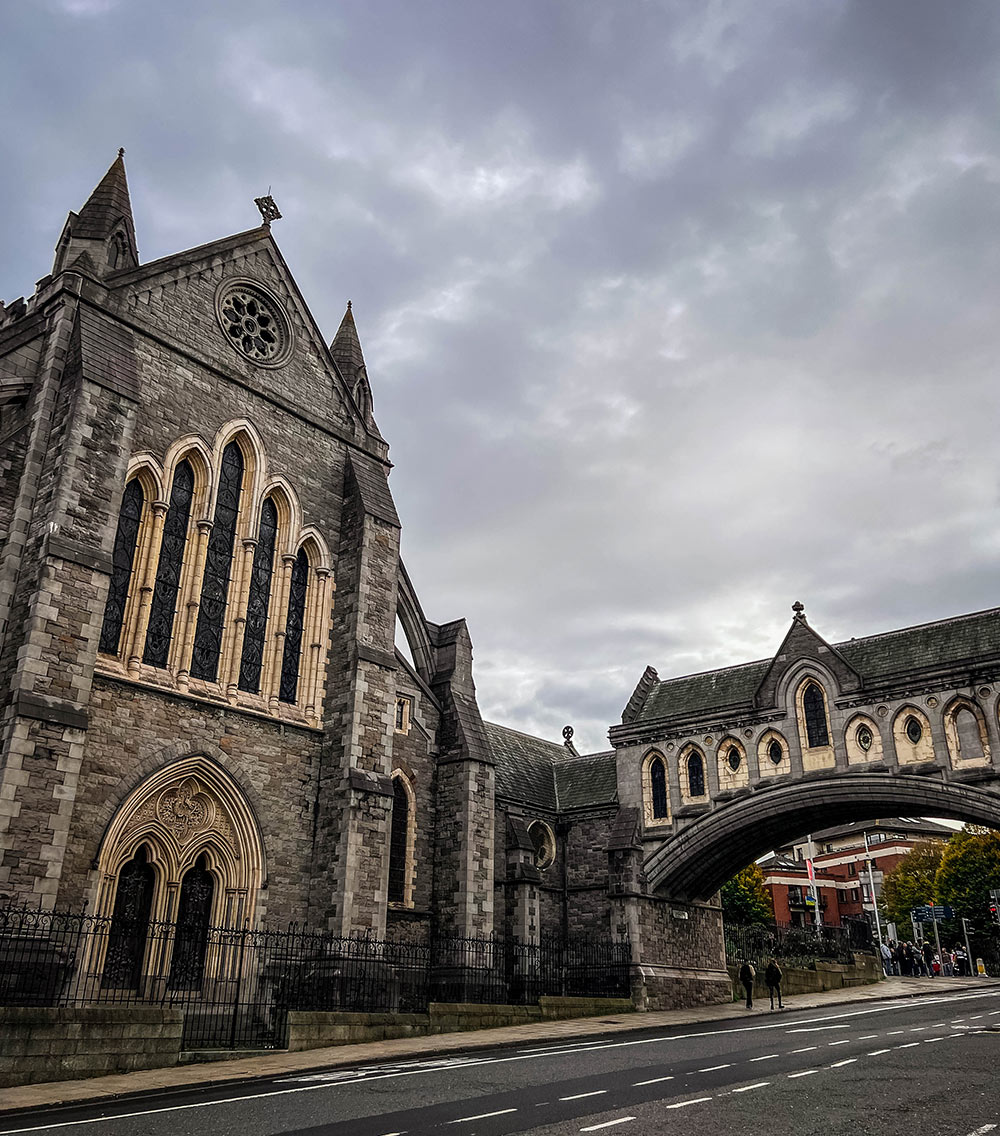
Dublinia and Christ Church Cathedral are two of the most popular tourist attractions in Dublin. Located in the heart of the city, these sites offer visitors a chance to step back in time and explore the rich history of Dublin.
Dublinia is an interactive museum that explores the Viking and medieval history of Dublin. The museum is divided into several exhibitions, including Viking Dublin, Medieval Dublin, and History Hunters. Visitors can try on Viking clothing, explore a Viking house, and learn about medieval trades and crafts.
Christ Church Cathedral is one of the oldest buildings in Dublin, dating back to the 11th century. The cathedral has a rich history and has been a witness to many important events in Irish history. Visitors can explore the cathedral’s beautiful architecture, climb the bell tower for stunning views of the city, and visit the crypt, which houses the remains of historical figures such as Strongbow and James Earl of Ormond.
Visiting Tips:
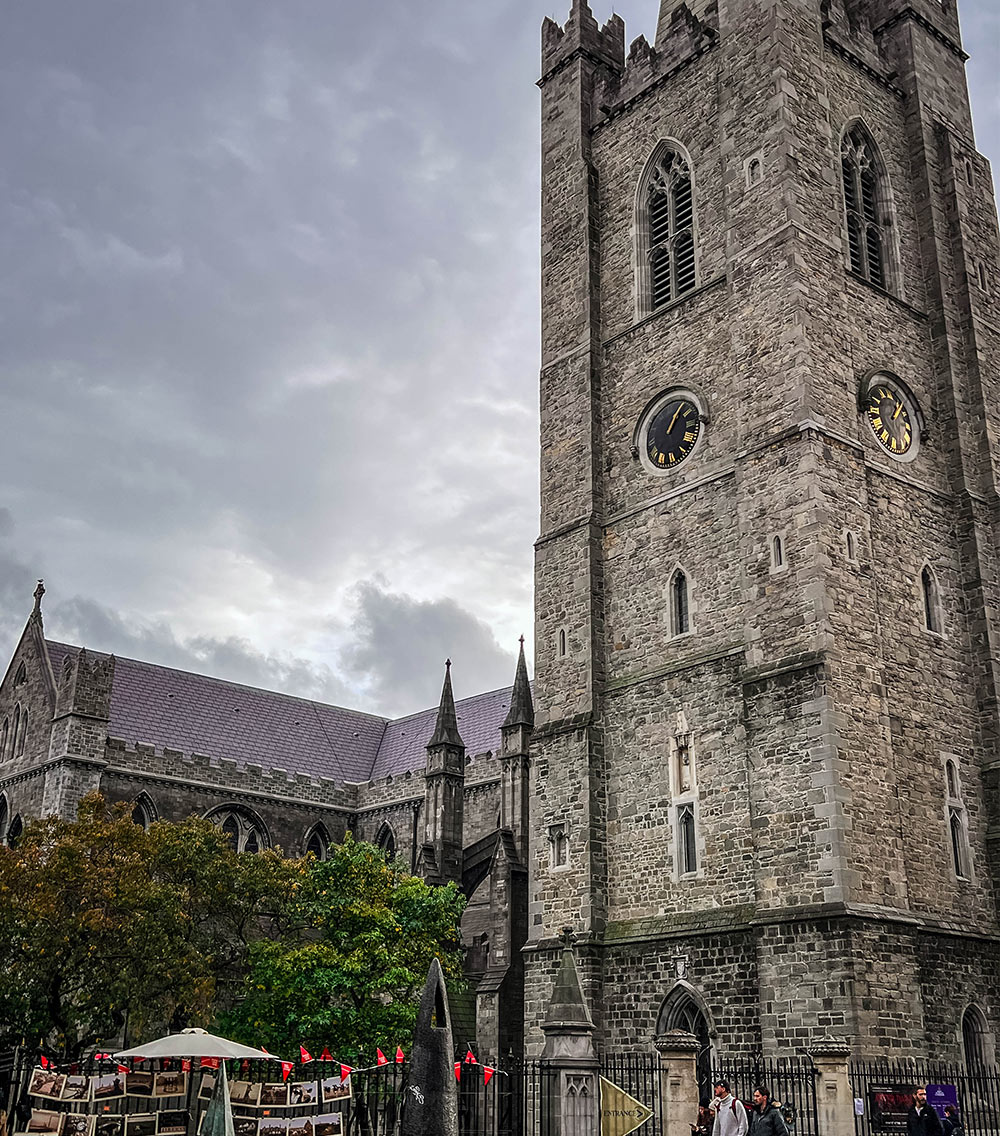
St. Patrick’s Cathedral is considered one of the city’s most beautiful buildings. The cathedral is named after St. Patrick, the patron saint of Ireland, and is said to be built on the site where he baptized converts to Christianity in the 5th century. The current cathedral dates back to the 12th century and has undergone several renovations and additions over the years.
It is located just a short walk from Christ Church Cathedral and is easily accessible by public transportation or on foot. You can also enjoy a guided tour of the cathedral, which is included with the price of admission. The tour covers the history of the cathedral and its many unique features, including the beautiful stained glass windows, the impressive pipe organ, and the many tombs and memorials of famous figures throughout Irish history.
Opening Hours: Monday – Saturday from 9:30 am to 5 pm, Sunday: 9 am – 10:30 am for worship services, and 12:30 pm – 2:30 pm for visitors.
Admission Fees: Adults: €9.00, Student/Seniors: €8.00, Infant (0-5): Free, Childs: (6-12), €3.50, Family: €24.00

Try a bowl of lamb stew, Ireland’s national meal, along with potatoes and carrots for lunch, or a filling order of fish and chips. Visit the Brazen Head, Dublin’s oldest bar, to experience authentic Irish cuisine and learn about the fascinating history of the area.
More specifically a traditional Irish lunch often consists of:
Here is an Irish meal that is vegan-friendly:
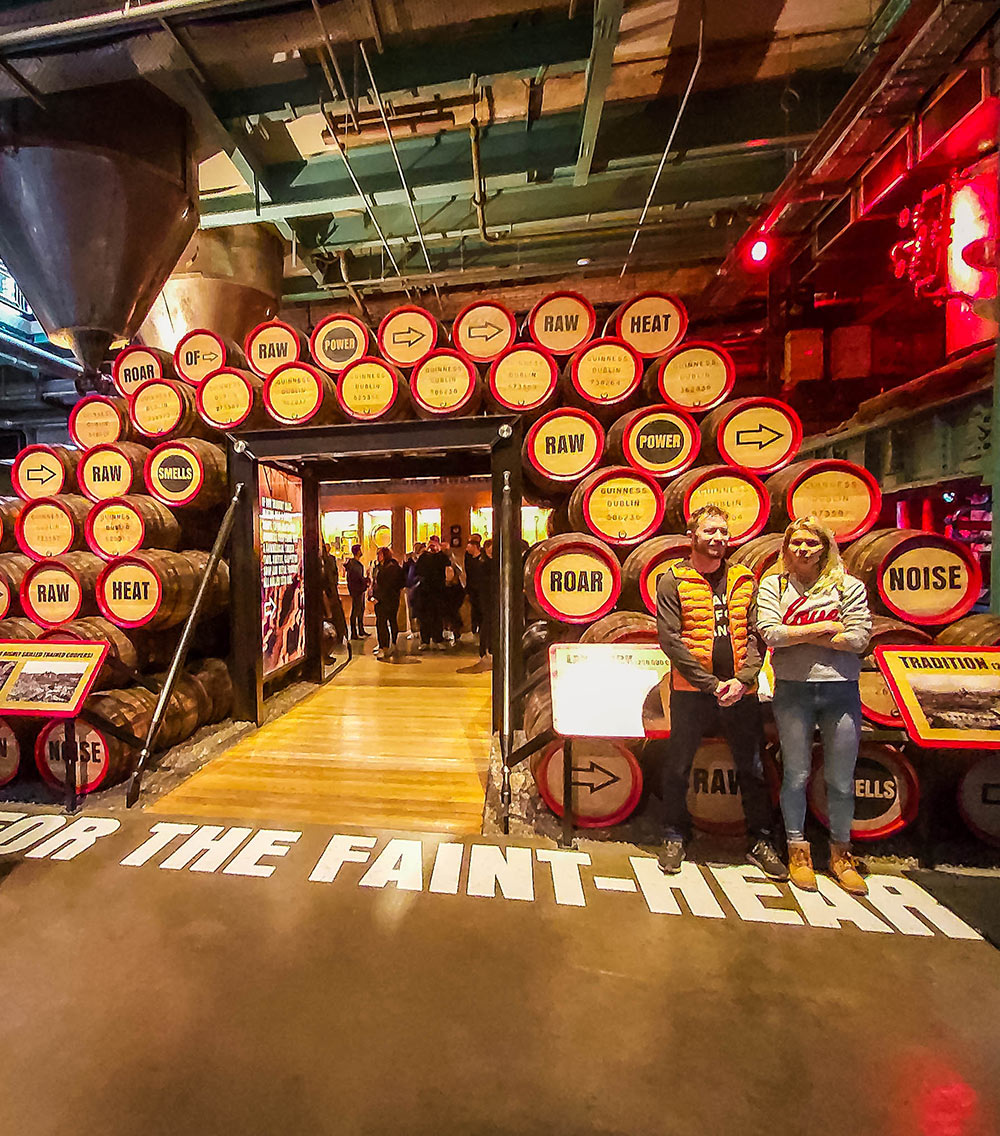
Without going to the Guinness Storehouse, no journey to Dublin is complete.
A trip to the Dublin Guinness Storehouse is an amazing experience. You are thrust into the realm of Ireland’s renowned stout as soon as you step inside the structure.
You will discover information about the history and production of Guinness as you ascend the seven stories, including information on the ingredients, the manufacture of the barrels, and the distinctive pouring technique.
The Gravity Bar, located on the top level of the building and offering 360-degree views of Dublin, is one of the tour’s highlights. You may have a freshly poured pint of Guinness here while admiring the breathtaking scenery.
You will be given the opportunity to try a range of beverages made with Guinness while learning about the various tastes and notes in each brew. This experience will also include learning about the brewing process. You will remember the sensory experience forever and leave with a newfound respect for the skill and attention that goes into each pint.
All things considered, everyone interested in Irish history, culture, and beer, of course, must pay a visit to the Guinness Storehouse. A memorable event is created when education, entertainment, and good beer are combined.
January and February: 9:30 AM to 5 PM
March and December: 9:30 AM to 6 PM
April to November: 9:30 AM to 7 PM
Prices for adult tickets start at €18.50, with discounts available for students, seniors, and children. The Guinness Storehouse is open seven days a week, with different opening hours depending on the time of year.

Molly Malone is a famous statue that depicts a young woman named Molly Malone, who is said to have been a fishmonger in Dublin in the 17th century. The statue is located on Grafton Street, one of Dublin’s main shopping streets, and is easily accessible by public transportation or on foot. You can take a stroll down Grafton Street and snap a photo with the statue.
In addition, the statue of Molly Malone is also the subject of a popular Irish folk song. The song is often sung by street performers in the area, adding to the lively atmosphere of the street.
The statue is a beloved symbol of Dublin and the Irish people and we highly recommend you pay it a visit while you are exploring the city.
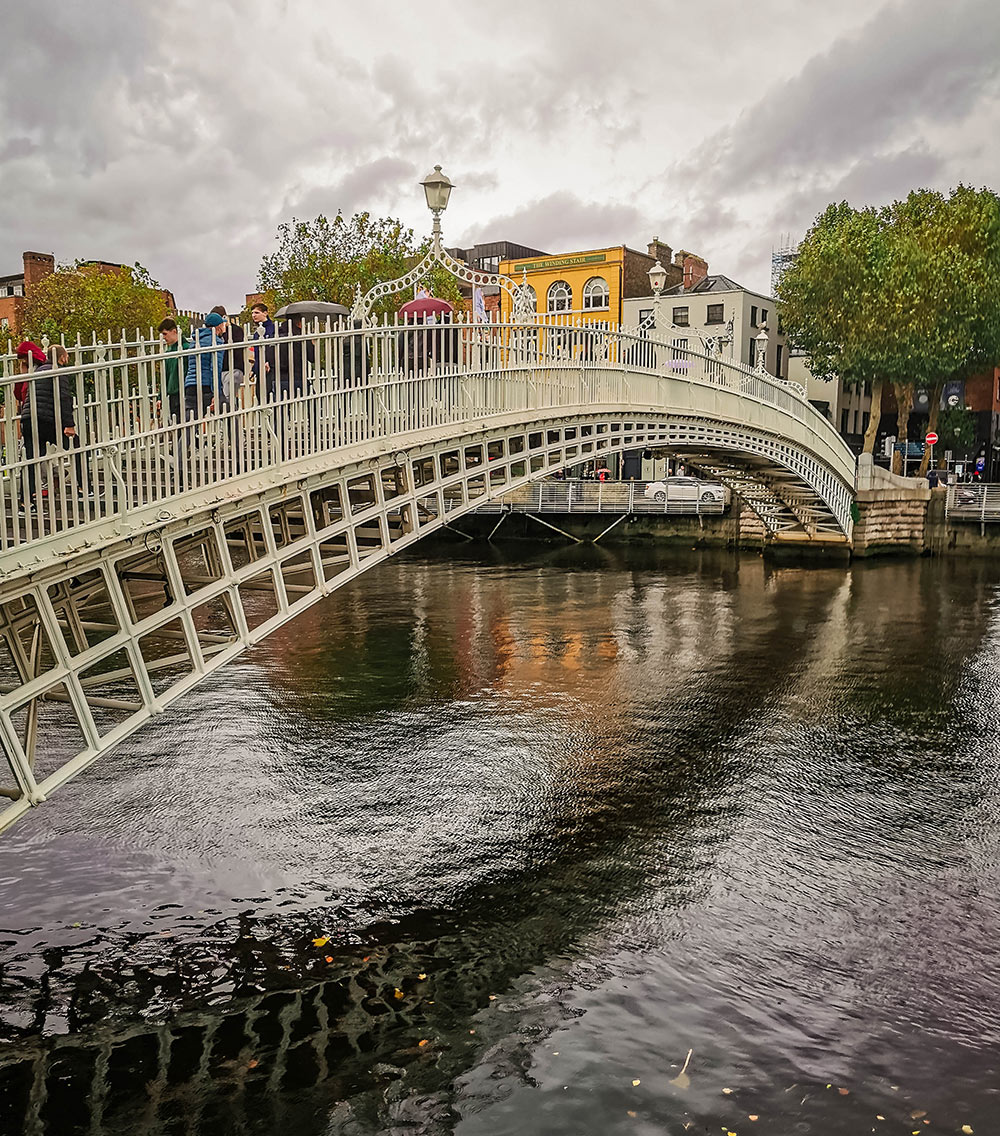
The Ha’Penny Bridge is a pedestrian bridge and one of the most iconic landmarks in Dublin that span the River Liffey, connecting the north and south sides of the city.
The bridge was built in 1816 and was originally known as the Wellington Bridge, but was renamed the Ha’Penny Bridge in 1919 because of the half-penny toll that was once charged to cross it. Today, the toll has been abolished and the bridge is free to cross.
One of the best times to visit the Ha’Penny Bridge is at sunset when the bridge and the river are bathed in golden light. It offers stunning views of the city skyline and is a popular spot for photographers and couples taking romantic walks.
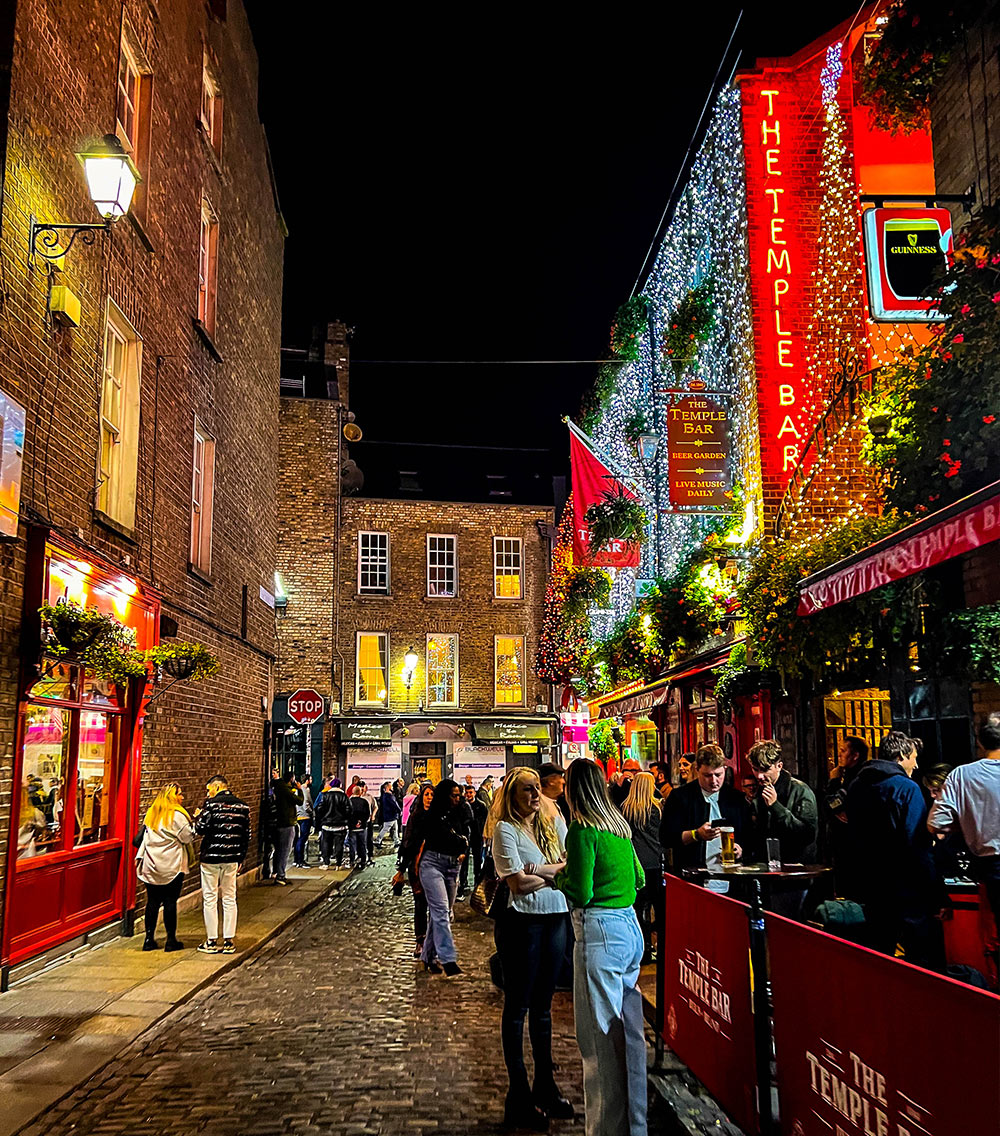
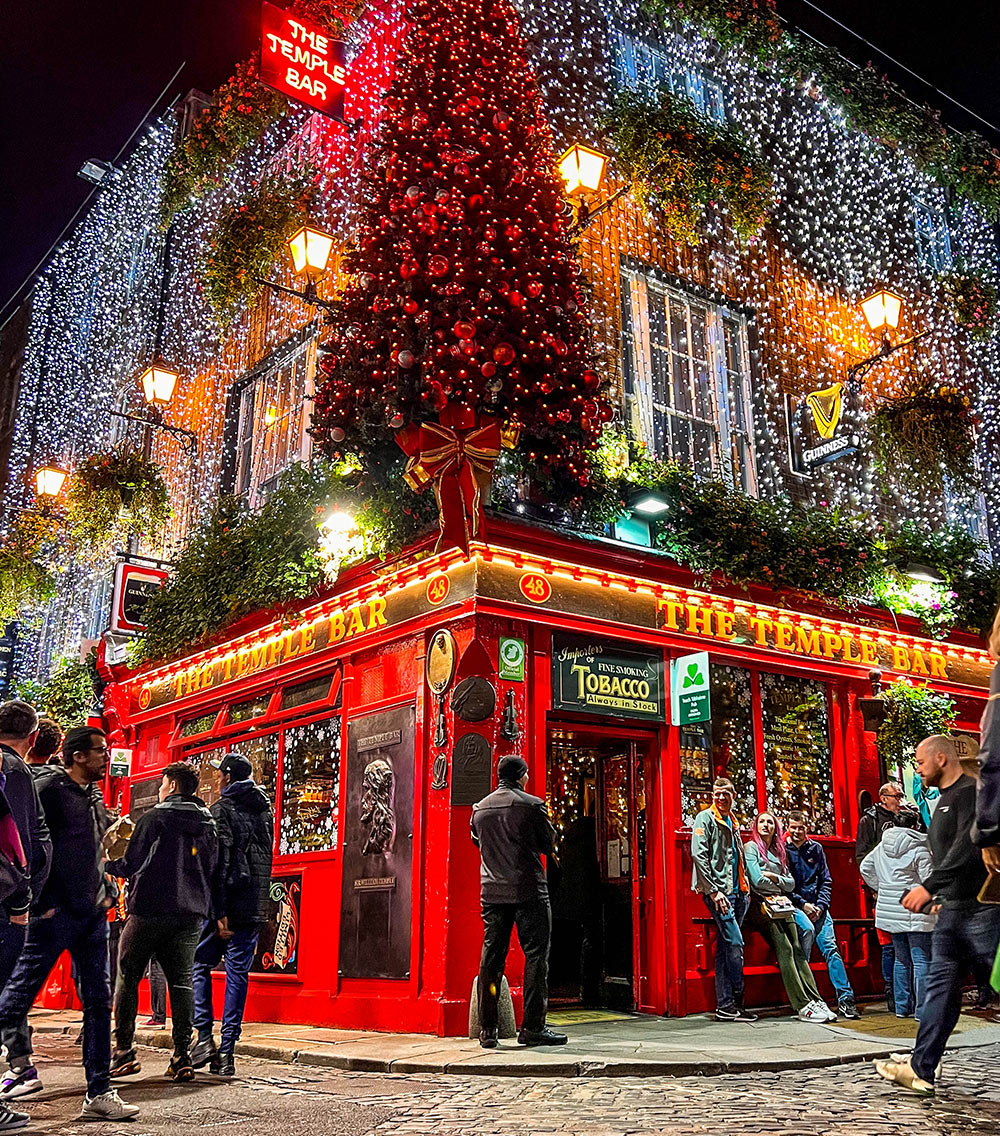
As dusk strikes, the city’s thriving nightlife scene comes to life.
Dublin’s bars may be a great place to spend a fun-filled evening. Here are some ideas for an excellent night out:
Start the night with an authentic Irish bar. Dublin is known for its quaint and evocative pubs, so visiting one of them is a fantastic way to begin the evening. Find bars with live traditional Irish music, get a pint of Guinness or an Irish whiskey, and relax.
Visit a craft beer bar: Dublin is home to several establishments that focus on producing distinctive and flavourful beers. Try a variety of regional and foreign beers and talk to the educated bartenders about the various flavors and styles.
Drink in a speakeasy: Dublin is home to several secret speakeasies where you may sample imaginative and beautifully made cocktails in a chic and exclusive atmosphere.
Dublin has a vibrant club culture, with locations that provide dancing, live music, and DJs. Visit the largest clubs in the area or go for a more intimate location that is smaller.
Finish the night in a late-night bar: Dublin is home to a variety of establishments where you may continue the celebration or have a drink before returning to your lodging.
Prior to the start of the evening, make sure to plan your return trip to your lodging and to drink wisely!!!
You should expect to encounter a dynamic and diverse street art scene in the Temple Bar neighborhood, featuring the creations of both national and international artists.
Expect to see large, vibrant, and expressive wall paintings that show a variety of topics, from political messages to humorous sceneries, known as murals and graffiti.
In addition, sculptures, buildings, and other three-dimensional works of art are examples of street art installations. Stencil art which includes repeating motifs or patterns made using spray paint and a stencil. Wheat paste posters are pictures and patterns that are plastered on walls and other surfaces.
Of course street art festivals and events since the Temple Bar neighborhood, which has a flourishing street art culture, frequently hosts street art festivals and events that draw artists from all over the world to display their work.
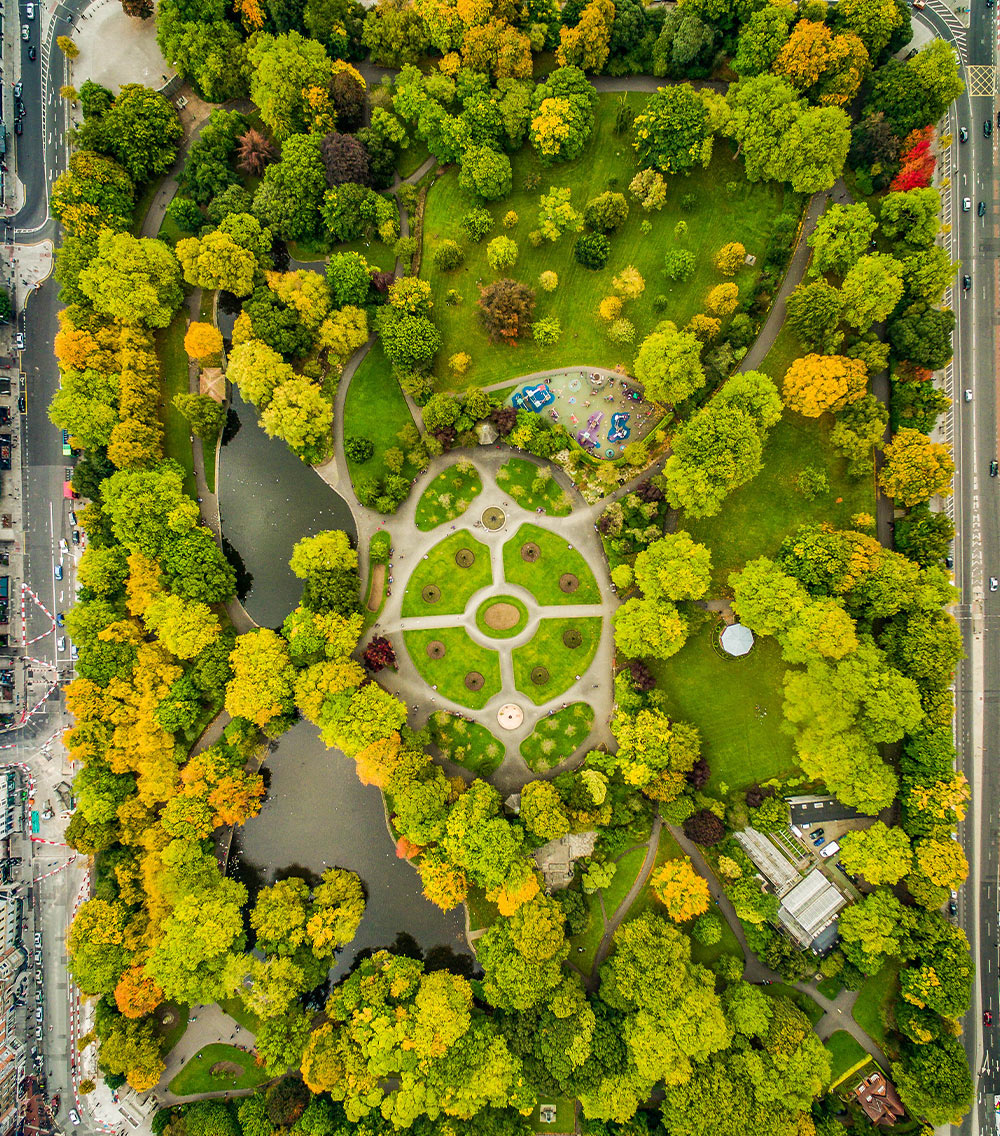
Spend some time at St. Stephen’s Green’s serene surroundings to escape the city. The people love to unwind in this lovely public park, which also houses a number of fascinating memorials and monuments.
Expect to see lovely and well-maintained park settings with a variety of plants and animals, quiet settings with seats for viewing the scenery, a lot of fauna, such as ducks, swans, squirrels, and other little creatures, a lively environment with residents and visitors taking use of the green spaces, especially on sunny days.
Around the park’s edge there are also several eateries, cafés, and stores.
It is generally an oasis of calm and relaxation away from the busy city hub.
The Little Museum of Dublin is a unique and charming museum that tells the story of the Irish capital city through a collection of photographs, artifacts, and memorabilia donated by Dubliners themselves. Located in a Georgian townhouse on St. Stephen’s Green, the museum offers an interactive and engaging experience that is perfect for visitors of all ages.
In addition, the museum also has a charming café on the top floor that serves delicious coffee and homemade treats. There’s also a gift shop where you can pick up a souvenir or two to remember your visit to Dublin.
The museum is also known for its engaging guided tours, which are included in the price of admission. These tours are led by enthusiastic and knowledgeable guides who are passionate about sharing the city’s unique history with visitors.
The Little Museum of Dublin is just a few minutes walk from Grafton Street and St. Stephen’s Green. It’s easily accessible by public transport, including bus and tram (LUAS). If you’re driving, there are several car parks in the area.

Grafton Street is one of the most famous and busiest shopping streets in Dublin. It is located in the heart of the city and is lined with a variety of shops, restaurants, cafes, and street performers.
Aside from shopping, there are several things to do on Grafton Street. Visitors can enjoy street performances, listen to live music or stop by one of the many cafes or restaurants for a bite to eat. There are also several historic buildings nearby, including Trinity College and St. Stephen’s Green.
Grafton Street is located in the heart of Dublin, so it is easily accessible by foot, bike, bus, or taxi. Several Dublin Bus routes stop near Grafton Street, including the 9, 14, 15, 15a, 15b, 16, 65, 68, 83, 122, and 140.
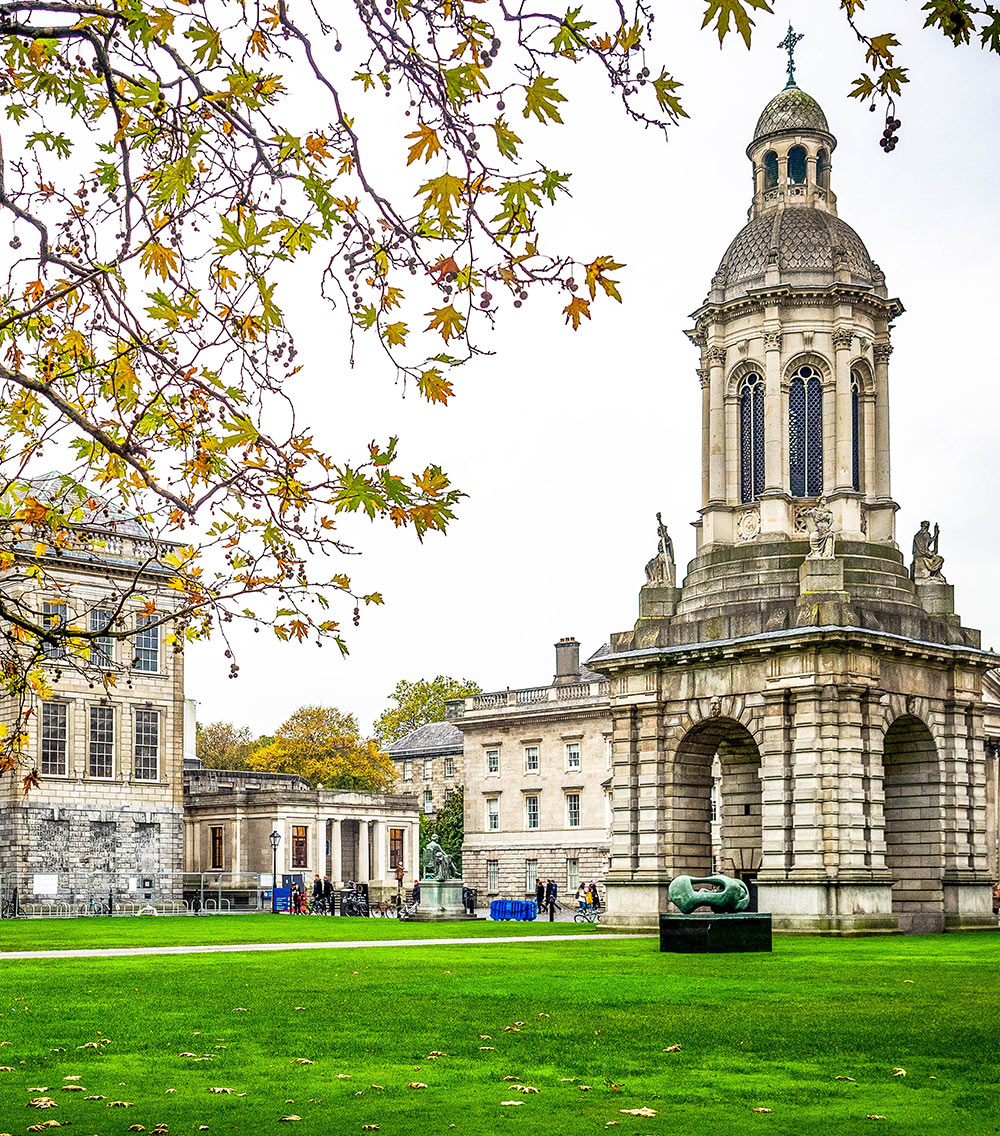
For those who are interested in Irish history and culture, a trip to Trinity College and the Book of Kells is recommended.
One of the most significant pieces of early medieval art is the illuminated manuscript known as the Book of Kells, which was produced about the year 800. The book’s original pages are on display at Trinity College, and guests can take a tour to learn about its background and significance.
Ireland’s oldest institution, Trinity College, was established in 1592 and is recognized for its magnificent grounds and architecturally gorgeous buildings. A peek into the city’s rich educational and cultural legacy may be had by visiting the college.
9:30 AM to 5 PM, Monday through Saturday
12 PM to 4:30 PM on Sundays and public holidays.
For adults, the price is about €14, while for students, it is about €9.
The National Museums and National Gallery of Ireland are must-see destinations and cultural gems if you are a fan of Museums.
The National Museums of Ireland cover four main topics: Archaeology, Natural History, Decorative Arts and History, and Country Life. These museums have a vast collection of artifacts that tell the story of Ireland’s history, from prehistoric times to the present day. Admission to the museums is free of charge, and they are open daily from 10:00 am to 5:00 pm. The best time to visit is during weekdays, as they can get quite crowded on weekends. The National Museums of Ireland have several locations across Dublin, with the most popular ones being the National Museum of Ireland – Archaeology (Kildare Street) and the National Museum of Ireland – Natural History (Merrion Street).
The National Gallery of Ireland houses a vast collection of Irish and European art, dating from the 14th century to the present day. The gallery is open daily from 9:30 am to 5:30 pm, and admission is free of charge. The gallery’s collection includes works by renowned artists such as Caravaggio, Vermeer, and Monet. The best time to visit is during weekdays, as they can get quite crowded on weekends. The National Gallery of Ireland is located on Merrion Square West and is easily accessible by public transport.

Kilmainham Gaol is a former prison in Dublin that is now a museum. It played an important role in Irish history and was the site of several key events in the struggle for Irish independence.
While you are there, you can take a guided tour of the prison, which includes a visit to the cells and other areas of the facility. The tour provides a fascinating insight into the history of the prison and its role in Irish history. You will learn stories about some of the prison’s most famous inmates, including many of the leaders of the 1916 Easter Rising. The tour also includes a visit to the prison yard, where many of the prisoners were executed.
You can take the LUAS tram to the Heuston stop, which is a 15-minute walk from the prison. Alternatively, you can take bus numbers 13, 40, or 69.

The Irish Museum of Modern Art (IMMA) is an essential destination for art lovers visiting Dublin. Located in the beautiful surroundings of the Royal Hospital Kilmainham, the museum has an impressive collection of modern and contemporary art from both Irish and international artists.
The museum is located in the southwest of Dublin, around 3km from the city center. The easiest way to get there is by taking a bus or train to Heuston Station, which is just a 10-minute walk away.
Admission to the museum is free, although some special exhibitions may have an entry fee.
Opening Hours: Tuesday to Friday from 11:30 am to 5:30 pm and Saturday to Sunday from 10:00 am to 5:30 pm. The museum is closed on Mondays, Christmas Day, St. Stephen’s Day, and Good Friday.

EPIC The Irish Emigration Museum is an interactive museum located in Dublin’s Docklands area, which tells the story of Irish emigration over the centuries. The museum is housed in the CHQ building, a beautifully restored 19th-century warehouse.
The museum uses cutting-edge technology and immersive exhibitions to explore the history of the Irish diaspora, including the reasons why so many Irish people emigrated, their experiences in their new countries, and the impact they had on the world.
You can explore 20 galleries spread over four floors, featuring interactive displays, videos, photographs, and personal stories. The exhibitions cover a range of topics, from music and literature to sports and politics, providing a fascinating insight into the rich and diverse culture of the Irish diaspora.
The museum is open from 10 am to 5 pm daily, and the last admission is at 4 pm. Visitors can purchase tickets online or at the museum entrance.
The museum is easily accessible by public transportation, with a number of bus and train routes stopping nearby. The nearest DART station is Connolly Station, which is a short walk away. Paid parking is available in the vicinity, but it is advisable to use public transportation due to the city’s heavy traffic.

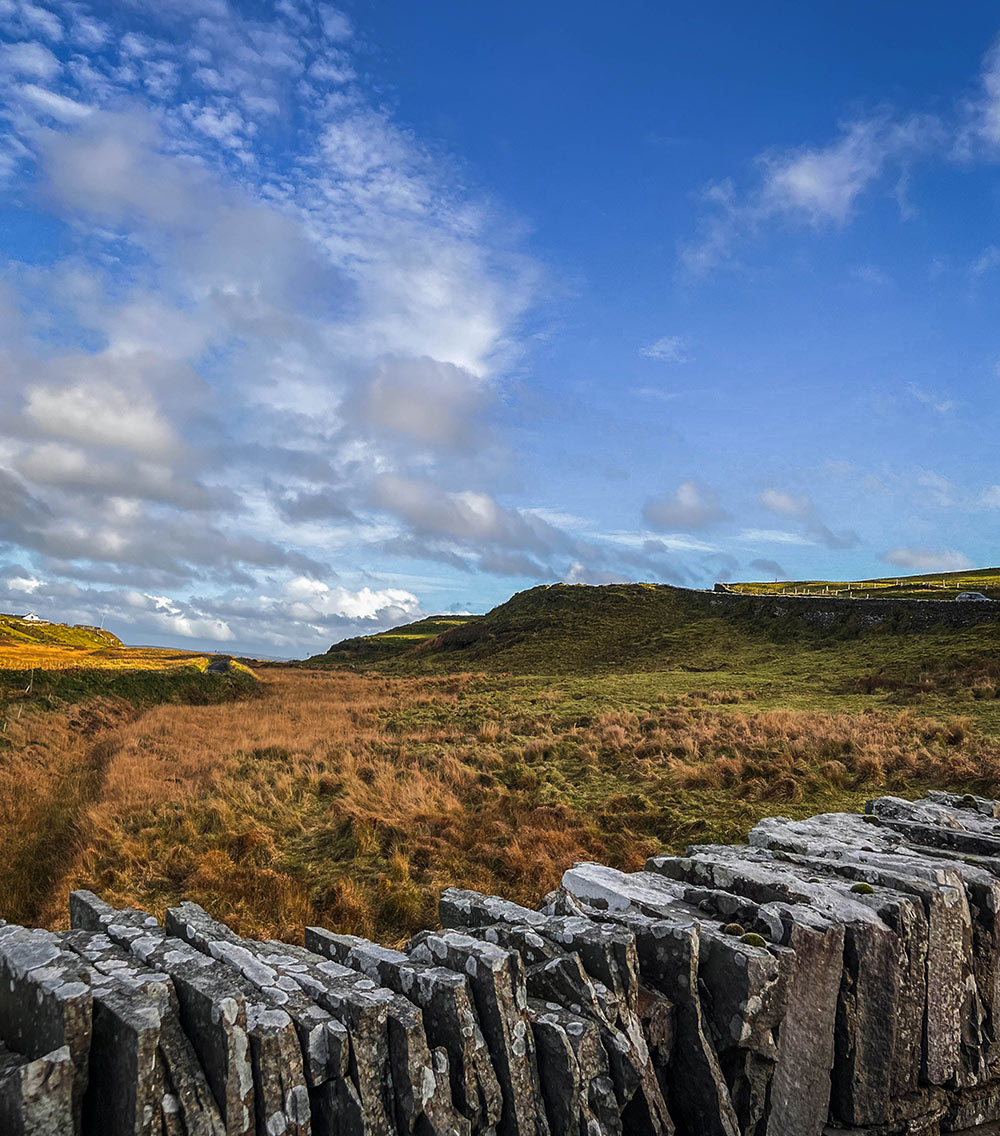
The Cliffs of Moher, the Burren, and Galway are three must-visit destinations on the west coast of Ireland.
The Cliffs of Moher are one of Ireland’s most iconic natural wonders, towering 700 feet above the Atlantic Ocean. Visitors can walk along the cliff edge and take in the stunning views. The Cliffs of Moher are located in County Clare, approximately 2.5 hour drive from Dublin. There is a fee to access the Cliffs of Moher visitor center, which includes parking, restrooms, and access to the cliff walk.
The Burren is a unique landscape characterized by limestone pavements, underground rivers, and rare flora and fauna. Visitors can explore the Burren on foot or by bike. The Burren is a unique limestone landscape in County Clare, located near the Cliffs of Moher. The Burren is a natural landscape and does not have an entrance fee.
Galway is a vibrant city known for its colorful buildings, lively music scene, and charming streets. Visitors can explore the city’s many shops, restaurants, and pubs. Galway is a charming coastal city in County Galway, located approximately 2 hours drive from the Cliffs of Moher.
The best way to get around these destinations is by renting a car or joining a guided tour. The weather in Ireland can be unpredictable, so it’s important to dress in layers and bring waterproof clothing. If driving, take the M7 motorway from Dublin to Limerick, then continue on to Ennis and follow the signs to the Cliffs of Moher. If joining a guided tour, many tour operators offer day trips from Dublin to the Cliffs of Moher, the Burren, and Galway.
The best time to visit the Cliffs of Moher, the Burren, and Galway is during the summer months (June to August) when the weather is typically mild and the days are longer. However, these destinations are popular year-round, so expect crowds during peak season.

The Giant’s Causeway is a natural wonder located on the coast of Northern Ireland, approximately a 3-hour drive from Dublin. It is a UNESCO World Heritage Site and one of the most popular tourist attractions in Ireland. The causeway consists of approximately 40,000 interlocking basalt columns that were formed by volcanic activity millions of years ago. Legend has it that the causeway was built by the giant Finn McCool as a bridge to Scotland.
There are several ways to get to the Giant’s Causeway from Dublin, including driving, taking a bus or train, or joining a guided tour. Driving is the most flexible option, but it can be challenging if you’re not used to driving on the left side of the road. Taking a guided tour is a popular choice as it allows you to sit back and enjoy the scenic drive without the hassle of navigating or parking.
To visit the Giant’s Causeway, the best time to go is during the summer months (June to August) when the weather is mild and the days are longer. However, it can also be quite busy during this time, so plan accordingly.
Tickets to the Giant’s Causeway can be purchased on-site or online in advance. The entrance fee includes access to the visitor center, audio guide, and shuttle bus to and from the site. The opening hours vary depending on the season, so be sure to check the official website before your visit.

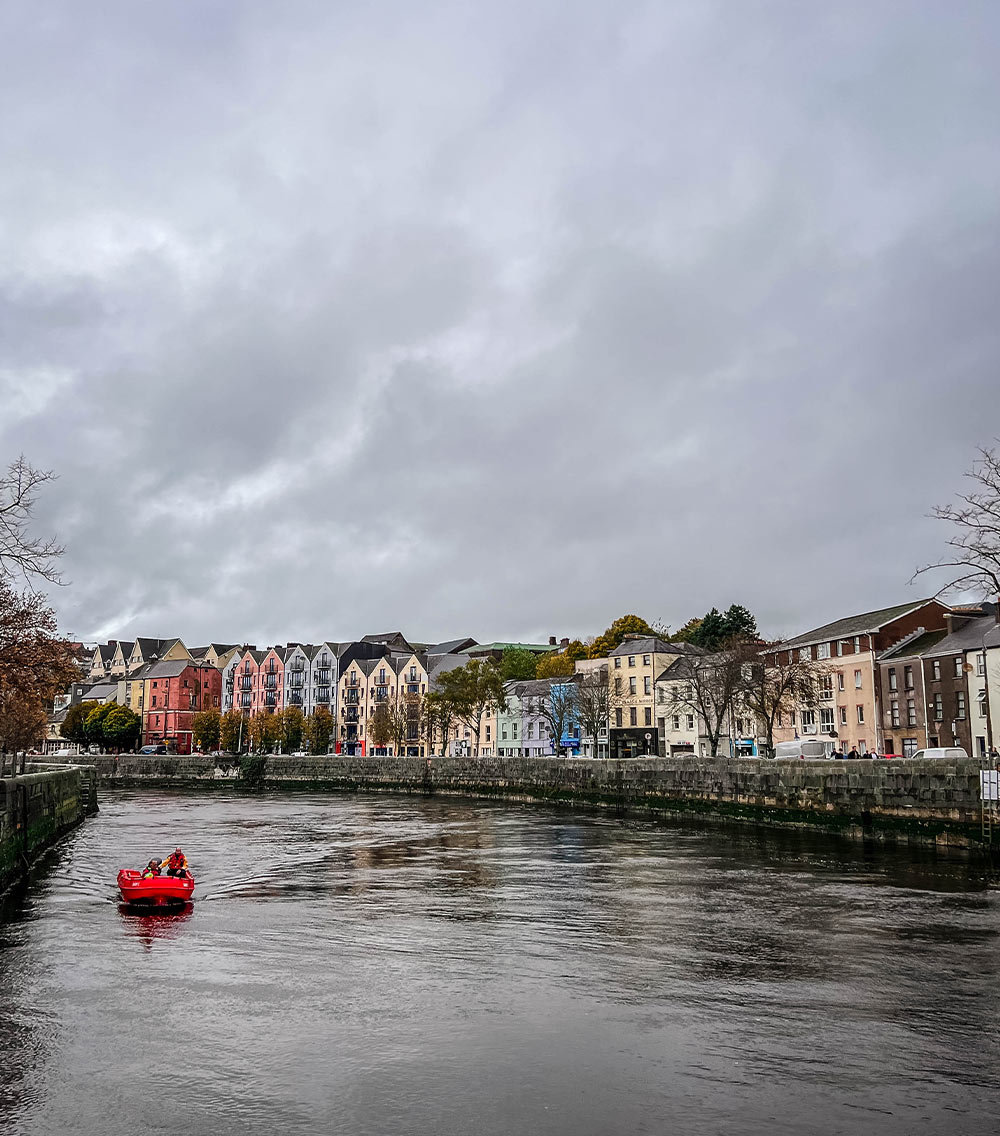
Cork is the second largest city in Ireland and the third largest city by population on the island and it is part of both the Wild Atlantic Way. This vibrant city in the southwest of Ireland is known for its lively atmosphere, friendly locals, and stunning surroundings.
Some of the things you can do while you are here are:
Cork has its own airport, Cork Airport (ORK), which has connections to many European cities. You can also reach Cork by train or bus from Dublin or other major cities in Ireland. Cork is a walkable city, but you can also use the local bus system or rent a bike to explore the city and its surroundings.
The Wicklow Mountains and Glendalough are must-visit destinations if you love nature and outdoor activities. The Wicklow Mountains have a wide range of hiking trails suitable for all levels of experience. The most popular route is the Wicklow Way, a 130 km long-distance trail that takes you through some of the most scenic parts of the mountains. Beyond the hiking, you can also visit Lough Tay, also known as the “Guinness Lake”, a scenic lake is surrounded by mountains and is a popular spot for photography.
Moreover, a must-visit attraction is the historic site of Glendalough which includes a 6th-century monastic settlement, a round tower, and several churches. Additionally, you can visit Powerscourt Estate, a beautiful estate with stunning gardens, a waterfall, and a historic house. Moreover,
The best time to visit the Wicklow Mountains and Glendalough is between April and September when the weather is mild and the days are longer. They are easily accessible by car or by bus. If you are driving, take the N11 south from Dublin, and follow the signs to Glendalough. If you are taking the bus, there are regular services from Dublin to Glendalough, or you can take the St. Kevin’s Bus Service that runs from Glendalough to Dublin.
Newgrange and Hill of Tara are two historical sites located in the Boyne Valley region of Ireland, about 40km north of Dublin. They are among the most important prehistoric sites in Europe and attract many visitors each year. Newgrange is a 5,000-year-old passage tomb that was built by Neolithic farmers. The tomb is famous for its winter solstice alignment, which allows the sun to enter the chamber and illuminate the artwork inside. Visitors can take a guided tour of the tomb, which includes a visit inside the chamber.
The easiest way to get to Newgrange and Hill of Tara is by car. Both sites are located off the M1 motorway, which connects Dublin and Belfast. Alternatively, you can take a guided tour from Dublin, which includes transportation and admission to the sites.
Hill of Tara
All Year Round access to the Hill of Tara: 10:00- 17:00
Admission: Free Admission
Newgrange Tour + Exhibition
Adult: €10, Senior: €8, Child (12-17)/Student: €5, Child (under 12): FREE, Family: €25
Malahide Castle is located in the coastal town of Malahide, about 16km north of Dublin city center. It is a stunning example of a medieval castle, featuring period furniture, beautiful gardens, and fascinating history. Malahide Castle is open year-round, but the best time to visit is during the summer months (June-August) when the gardens are in full bloom. Malahide Castle can be reached by taking the DART (Dublin Area Rapid Transit) from Dublin city center to Malahide station, which is about a 15-minute walk from the castle. Alternatively, there are several bus routes that stop near the castle.
Howth is a seaside village located about 15km northeast of the city. Howth is also a great destination during the summer months, but visitors can enjoy the stunning coastal scenery year-round. Howth can be reached by taking the DART to Howth station, which is located in the center of the village. Howth is known for its picturesque harbor, stunning cliff walks, and fresh seafood. Visitors can take a leisurely stroll along the harbor, hike the scenic cliff path loop, or indulge in a seafood feast at one of the village’s many restaurants.
Dublin offers visitors a range of accommodation options in different neighborhoods. Each area of the city has its own unique character and attractions, making it important to choose the best neighborhood to stay in Dublin depending on your preferences and interests.
Here are some of the best neighborhoods to stay in Dublin:
Dublin is a fantastic city to visit, but it can be pricey. However, there are many ways to enjoy the city without breaking the bank. Here are some tips for exploring Dublin on a budget:
Free attractions: Dublin has plenty of free attractions, such as parks, museums, and galleries. Some of the most popular free attractions include St. Stephen’s Green, the National Museum of Ireland, and the National Gallery of Ireland.
Walking tours: Walking tours are a great way to see the city and learn about its history and culture. Many walking tours are free or donation-based, so you can pay what you can afford.
Public transportation: Dublin has an extensive public transportation system that includes buses, trams, and trains. Buying a Leap Card can save you money on transportation, and there are also discounted student fares available.
Cheap eats: There are plenty of cheap eats in Dublin, including traditional Irish fares like fish and chips or shepherd’s pie. Look for local pubs or food markets for affordable options.
Budget accommodations: There are many budget-friendly accommodations in Dublin, including hostels and budget hotels. Look for options outside the city center for even more affordable options.
Free events: Keep an eye out for free events happening in Dublin, such as concerts or festivals. Check local event calendars or ask at the tourist information center for recommendations.
Dublin has a moderate, maritime climate, with mild winters and cool summers. The best time to visit Dublin depends on your preferences, as there are pros and cons to every season. If you enjoy warm weather and crowds, then summer may be the best time for you. However, if you prefer cooler weather and smaller crowds, then spring or fall may be a better option.
The peak tourist season in Dublin is during the summer months of June to August when the weather is warmest. This means that prices for accommodation and attractions can be higher during this time. However, if you visit during the off-peak seasons, you can avoid the crowds and potentially save money.
Winter (December-February) can be quite chilly and damp, with average temperatures ranging from 4-9°C (39-48°F). However, this is also the time when Dublin’s Christmas markets and festivals take place, making it a festive time to visit.
Spring (March-May) is a popular time to visit, with temperatures ranging from 6-12°C (43-54°F). You can enjoy the blooming flowers and the St. Patrick’s Day celebrations in March.
Summer (June-August) is the warmest time of year, with temperatures ranging from 12-20°C (54-68°F). However, it can also be quite crowded with tourists.
Fall (September-November) is a great time to visit if you want to avoid the crowds and enjoy the changing foliage. Temperatures range from 8-14°C (46-57°F), but rainfall can be high.
Dublin is known for its lively festivals and events, which take place throughout the year. St. Patrick’s Day, held on March 17th, is the biggest event of the year, with parades and celebrations taking place across the city. Other festivals include the Dublin Fringe Festival in September, the Dublin Theatre Festival in October, and the New Year’s Festival in December.



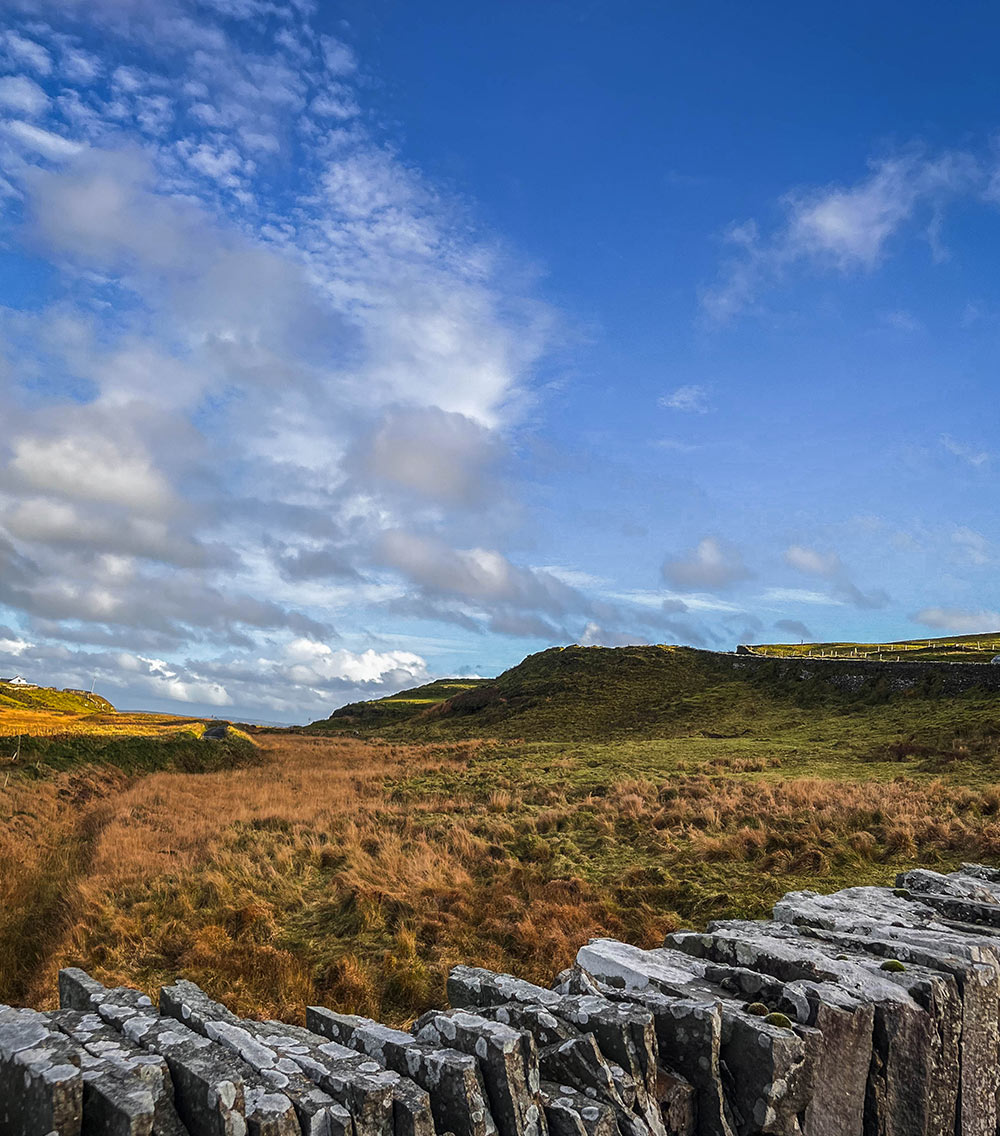


No Comments